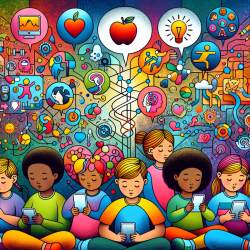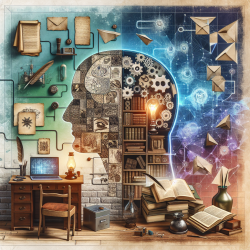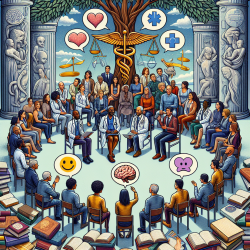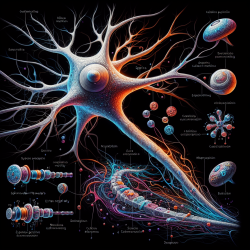The Power of Collaboration in Special Education
Collaboration in special education has transformed from a legal mandate into a cornerstone of best practices in teaching, ensuring that children with special needs receive the support they require in the least restrictive environment. This approach is not just about fulfilling legal obligations; it's about creating an inclusive and supportive educational experience for all students.
Historical Context and Legislative Mandates
The journey of collaboration in education began with the Education of All Handicapped Children Act of 1975, which evolved into the Individuals with Disabilities Education Improvement Act (IDEIA) of 2004. These laws mandate that students with disabilities receive education in settings as close to the regular classroom as possible. This principle of Least Restrictive Environment (LRE) has been a driving force in promoting inclusion.
Understanding Collaboration
Collaboration in education involves working together across disciplines to support students with special needs. It encompasses various models, including multidisciplinary, interdisciplinary, and transdisciplinary approaches. Each model offers unique ways for professionals to interact and share expertise, ensuring comprehensive support for students.
Models of Collaboration
- Multidisciplinary Approach: Professionals from different disciplines work independently but share information to support the student.
- Interdisciplinary Approach: This model promotes coordination and cooperation among disciplines, allowing for joint planning and implementation.
- Transdisciplinary Approach: Known for its integrated team structure, this approach encourages cross-discipline knowledge exchange and shared responsibility.
- Co-teaching: General and special educators collaborate in an inclusive classroom, sharing instructional responsibilities and expertise.
Essential Ingredients for Successful Collaboration
Effective collaboration requires a blend of attitudes, skills, and organizational support. Key factors include:
- Positive Attitudes: A shared philosophy and positive outlook among team members foster successful collaboration.
- Professional Competency: Confidence in one's skills and a willingness to learn from others enhance collaborative efforts.
- Interpersonal Skills: Effective communication, trust, and respect are crucial for building strong collaborative relationships.
- Organizational Support: Administrative backing and a supportive school culture are essential for sustaining collaboration.
Challenges and Obstacles
Despite its benefits, collaboration faces challenges such as time constraints, lack of training, and resistance to change. Overcoming these obstacles requires commitment from all stakeholders, ongoing professional development, and a shift towards a more inclusive mindset.
Conclusion
Collaboration in special education is more than a set of actions; it's a transformative process that reframes how educators engage with each other. By embracing collaboration, schools can create inclusive environments where every student has the opportunity to thrive.
For more information, please follow this link.










